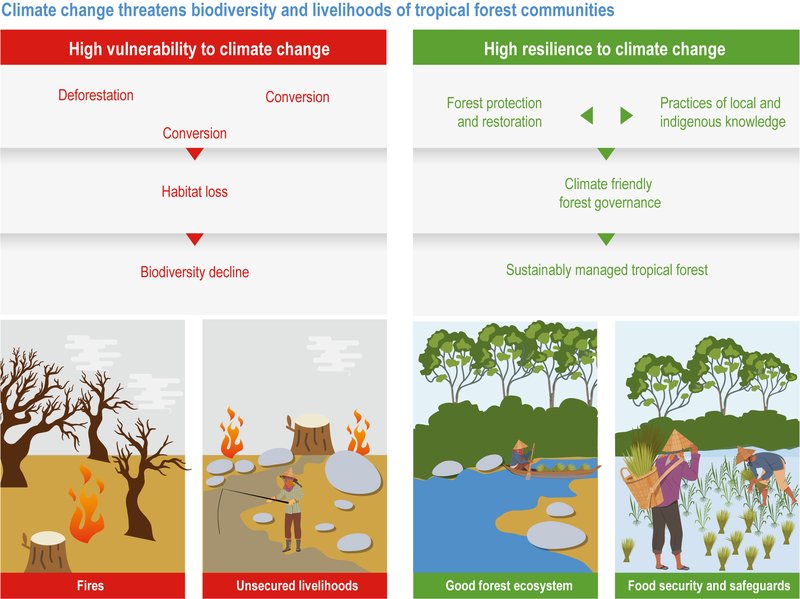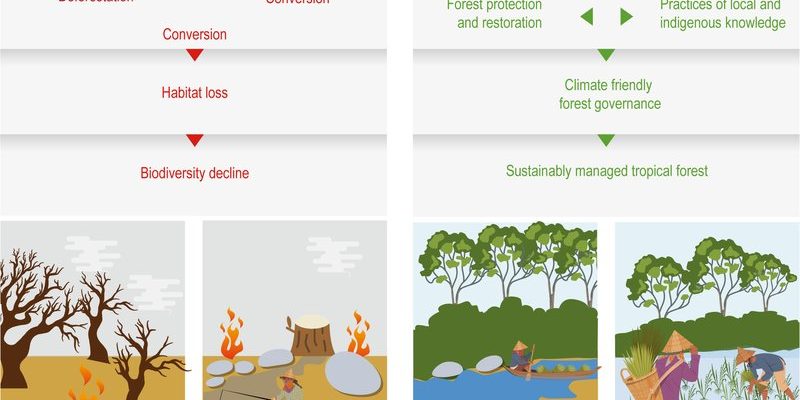
Fire ants, particularly the red imported fire ant, are notorious for their aggressive behavior and painful stings. Originally from South America, these critters have made their way across the United States and beyond, thriving in warm climates. Yet, as the world’s temperature continues to rise, they’re facing new challenges—and opportunities. Understanding the impact of climate change on the fire ant isn’t just for entomologists; it’s crucial for farmers, homeowners, and anyone who spends time outdoors since these little guys can alter local ecosystems, agricultural productivity, and even the comfort of your backyard BBQ.
How Climate Change Affects Fire Ant Distribution
Fire ants are known to thrive in warm environments, and as temperatures rise, they have the potential to expand their range even further. Typically, they love areas with temperatures around 70°F to 90°F. With climate change gradually raising average temperatures, one might think it’s a golden ticket for them. But here’s the thing—this expansion isn’t without risk.
In cooler regions, fire ants face challenges. For instance, prolonged cold snaps can wipe out populations, limiting their range. However, as winters become milder and summers warmer, these invaders can march northward. Areas that were once too chilly for fire ants may become prime real estate. In fact, scientists are already seeing evidence of fire ants moving into regions like the Midwest and even parts of the Northeast. This shift can disrupt local ecosystems and outcompete native ant species—leading to a cascade of environmental changes.
The Impact on Ecosystems
Speaking of disruption, let’s dive into how the rising populations of fire ants can shake things up in ecosystems. Fire ants are not just pesky nuisances; they play a significant role in the environment. They aerate the soil, decompose organic material, and serve as food for various animals. But when they invade new territories, they can throw a wrench into these natural processes.
The red imported fire ant, in particular, is known to be very aggressive toward other species. As they expand into new areas, they often outcompete native ants and other insects. This can lead to a decline in biodiversity, weakening the balance within the ecosystem. Imagine a team of workers suddenly replaced by a more aggressive crew—they’d rearrange the workplace in no time. Similarly, when fire ants dominate, they can disrupt food webs, affecting birds and other animals that rely on native insects for sustenance.
Effects on Agriculture
If you’re a farmer or gardener, the impact of climate change on fire ants can hit home even harder. With fire ants expanding their territory due to warmer climates, they have become a significant agricultural pest. They are notorious for targeting the roots of various crops, which can stunt growth or even lead to complete crop failure.
The warmer weather also allows these pests to breed rapidly, leading to larger and more aggressive colonies. Farmers might find themselves grappling with increased costs related to pest control, or worse, lost yields. It’s a tough pill to swallow, knowing that climate change could not only disrupt your livelihood but also the quality of food coming from the land.
Human Interactions with Fire Ants
Let’s face it: nobody wants to deal with fire ants when enjoying a picnic or playing in the yard. As their populations shift due to climate change, our interactions with them may become more frequent. In areas where fire ants were once rare, residents might find themselves confronting these pesky invaders more often.
This increased contact can lead to more stings and allergic reactions, which can be painful or even dangerous for some. It’s important to educate yourself and others about fire ant identification and safe practices to avoid getting stung. For instance, if you see a mound in your yard, it’s best to keep your distance and consider contacting pest control rather than trying to tackle it yourself.
Adapting to a Changing Environment
So, what can be done about the fire ant situation in light of climate change? Adapting to this evolving challenge involves a mix of prevention, education, and biological research. Keeping outdoor areas clean can deter fire ants from nesting. Regularly checking for mounds and promptly addressing any infestations can reduce the risk of them spreading.
On a larger scale, research into biological controls, such as introducing natural predators, may provide long-term solutions. Scientists are exploring options like beneficial nematodes or parasitic wasps that can target fire ant populations without harming other wildlife. However, introducing predators into new environments must be approached carefully to avoid unintended consequences.
The Future of Fire Ants in a Warming World
Looking ahead, the future of fire ants in a warming world is uncertain. The reality is that climate change will continue to shape their survival, distribution, and interaction with humans and other species. As temperatures rise and weather patterns shift, fire ants will likely become even more prevalent in new areas, creating an array of challenges and changes in local ecosystems.
While it’s easy to feel overwhelmed by the thought of fire ants invading your territory, remember that knowledge is power. Staying informed and understanding how climate change impacts these tiny but impactful pests can help mitigate the situation.
In the grand scheme of things, fire ants may seem like a small piece of the climate change puzzle, but their role in our ecosystems and daily lives is quite significant. As we navigate through a changing world, it’s essential to recognize how intertwined everything is—even the tiniest creatures on our planet. By taking steps to understand and manage fire ants, we can foster a more balanced environment. So, whether you’re a backyard gardener or just someone who loves the outdoors, staying informed about the impacts of climate change on fire ants will help you navigate a warmer future.

